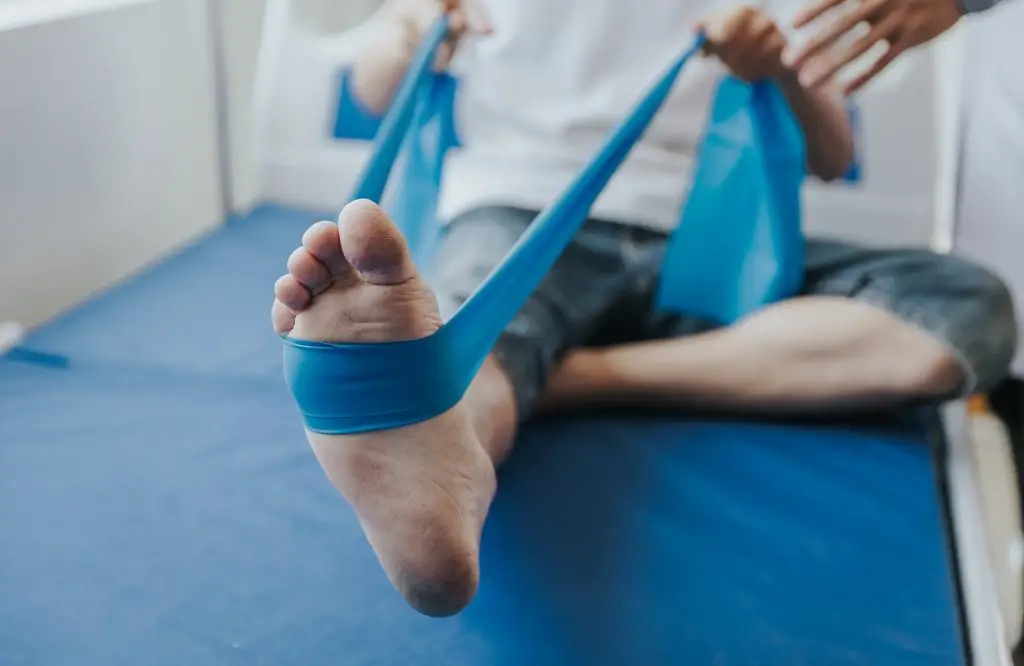For many people, joint pain is a constant, unwanted companion. It affects daily life, making certain tasks uncomfortable at best and impossible at worst. But with physical therapy, joint pain doesn’t have to rule your life. And for some joint pain, the Mulligan technique may be able to instantly align a mis-positioned joint for immediate relief.
What is the Mulligan technique?
The Mulligan technique is a unique treatment option some physical therapists are trained in that integrates hands-on manipulation with active muscle movement by the patient. It focuses on correcting subtle misalignments in joints and soft tissues that can cause pain or discomfort.
Specifically, the main treatments of the Mulligan technique are:
- NAGS (Natural Apophyseal Glides)
- SNAGS (Sustained Natural Apophyseal Glides)
- MVMS (Mobilization with Movement)
These terms represent subtly different methods of the collaborative Mulligan technique designed to enhance joint mobility and reduce pain. Unlike other methods that might solely rely on passive movements performed by your physical therapist, the Mulligan technique engages the patient to move the affected area themselves, ensuring the body moves through its full range of motion, which can lead to more effective outcomes.
Benefits of the Mulligan technique
One of the standout benefits of the Mulligan technique, also called the Mulligan concept, is how targeted and immediate the treatment can be. Physical therapists trained in this method can often achieve significant pain relief for patients quickly, making it a valuable tool for those struggling with sudden, debilitating joint pain. In many cases, after just a few sessions, some patients may notice reduced pain, increased mobility, and an overall improvement in their quality of life.
Conditions treated with the Mulligan concept
The Mulligan technique is versatile and can be applied to various symptoms and conditions. It’s particularly beneficial for individuals who have pain when moving a joint, decreased range of motion due to stiffness, or general joint weakness.
The Mulligan technique can be used on most joints in the body, but it’s commonly applied to the neck and spine, providing relief to areas that are most likely to cause the worst interruption in your lifestyle. Patients who have struggled with conventional treatments may find the Mulligan concept to be a refreshing alternative to drawn-out physical therapy plans.
What to expect from your Mulligan technique appointment
Every appointment begins with a thorough evaluation to determine the root cause of your pain and whether the Mulligan concept is appropriate for your condition. Your physical therapist will assess your range of motion, joint alignment, and any limitations you may be experiencing. This personalized evaluation ensures that the treatment plan is tailored specifically to your needs.
If the Mulligan technique is deemed suitable, you’ll experience a combination of manual therapy and guided movements to promote joint healing and pain relief, and may only require additional appointments if your pain returns or isn’t immediately treated.
Discover the benefits of Mulligan physical therapy
Although not always suitable for every patient, the Mulligan technique does offer a promising solution for anyone living with joint pain. Whether you’re dealing with neck stiffness or back pain, the Mulligan concept could be the key to getting back to your normal routine. Start a conversation with our team about how we might be able to help you find pain relief with natural treatments like the Mulligan technique by calling a nearby clinic or requesting an appointment online today.

